Jared Lloyd is a professional wildlife photographer with a passion for nature, or more specifically, creating art from nature. With a background in biology and environmental history, his work also has a keen focus on conservation. We’re pleased to introduce Jared as a new contributor to Outdoor Photography Guide. Get to know him here.
Outdoor Photography Guide: How did you get started in photography? Specifically how did you make the leap into doing it for a living?
Jared Lloyd: I have always been an artist. When I was a kid, my goal was to become a comic book artist and draw for Marvel Comics. So I pretty much dabbled in any kind of art form or medium that I could get my hands on. Music, pen and ink, painting, etc. When I was 18 however, I dated a girl who was into photography. She had photos of Kodiak brown bears, puffins, seals, and stuff like that all over her walls. She was actually from Kodiak, Alaska, and was just working a summer job on the coast of North Carolina where I was living at the time. So everywhere we went, there was this camera.
Hanging out with her, I kind of fell in love with the idea of photography as another artistic outlet for myself. Growing up, I was that kid that wanted field guides for Christmas instead of video games. So when I finally got hold of a camera for myself, it just kind of clicked for me. I was able to join two passions – art and nature. I instantly knew that this was what I would do for the rest of my life. And by the time I was in college, I had begun selling photos and writing articles to accompany them for various magazines.OPG: Do you have any formal training in photography?
JL: None whatsoever. I devoured every book I could find on the subject of course, but no formal training. It was the school of hard knocks if you will. I considered majoring in it for college, but another photographer I knew, who had been shooting professionally for 25 years advised against this. He told me that school would most likely kill my passion for the craft. So instead, I double majored in biology and environmental history. Sadly, everyone I knew in school that majored in photography gave up on it by the time they graduated and not a single one of them even carries a camera around for fun now.
OPG: You’ve traveled to some amazing places – do you have a favorite location?
JL: This is a tough one. Our planet is exceedingly beautiful. Right now I would have to say that Yellowstone and Panama are my favorite places. The diversity of both, and access to that diversity, are unrivaled in the Western Hemisphere. Take Yellowstone and the Tetons for instance. There may be better places to photograph bears. And better places to photograph moose. But there is no other place that I can photograph two species of bears, moose, elk, pronghorn, wolves, bighorn sheep, mountain goats, bison, and coyotes all in the same day.
Panama is kind of like this as well. This is one of the most biologically diverse places in the world. And specifically, I spend time in the Bocas del Toro archipelago every year. The Smithsonian Institute calls this place the Galapagos of the Caribbean. I’ve been to the Galapagos. And personally, these islands along the north coast of Panama are way more fun – at least for me.OPG: What subjects do you enjoy shooting most?
JL: Well I’m a wildlife guy first and foremost. But as for what wildlife subjects I enjoy the most, it’s impossible for me to quantify. I love photographing great grey owls in the boreal forests of the Northern Rockies. I love bears. Wild horses. I love shooting poison dart frogs, venomous snakes, and crocodiles in the neotropics. Really, what it boils down to is the overall experience. If it’s edgy, exciting, or adventurous, then I am into it. If I have to spend weeks researching, planning, and hunting for it, then I am all about it. If I have to fly in by a Cessna and then take a boat 15 miles to get there then whatever it is, it’s my favorite thing to photograph at that moment. Not to be cliché about this, but it’s the total package for me. It’s the experience that counts the most.
OPG: What’s in your camera bag?
JL: I am a member of the dark side – aka Nikon. As for what’s in my camera bag, it depends on which bag we are talking about. I have one for general wildlife, one for the tropics, and one for landscape and macro work. As for the basics though: I am using a Nikon D5, D4 and D800 as my camera bodies. Across the various bags you will find a 600mm, 200-400mm, 70-200mm, 24 – 70mm, 200mm macro, 150 macro, 105 macro, 60mm macro, various teleconverters, various flashes, softboxes, flash brackets, flash extenders, chords, batteries, zip ties, duct tape, etc…
OPG: What’s your favorite lens and why?
JL: I love my 600mm and my 200-400. They serve different purposes though. At face value, there is the difference in length of course. But these lenses are more than just reach. For instance, the Nikkor 600mm VR f/4 compresses perspective in ways that the 200-400 simply cannot. The bokeh on this thing is very different as well. So the 600mm has a distinct look and feel to images produced with it. On the other hand, the 200-400 is all about versatility. The 200-400 is my story telling lens. I can zoom in and out to include or exclude elements of the environment with a twist of my wrist. It’s also my big mammal lens and forest lens. In the Smoky Mountains for instance, because of the enclosed nature of the temperate rainforest, the 200-400 is the ideal focal range since you are working closer to your subjects. Out west, in the wide open spaces of Montana and Wyoming, you are often covering greater distances and photographing sensitive subjects where the 600 is preferable.
OPG: How important is post-processing to your photography?
JL: Very. In today’s market, post processing is a significant part of creating a final product. Photography has never been a true representation of the natural world. Everything about it is subjective. What to include or exclude from the composition? What depth of field will allow me to conceal or reveal? What light do I shoot this subject with in order to create the effect that I want? These are all questions that we ask ourselves in the field. So ultimately, what we are doing is recreating the situation based upon our own creativity and imagination. Post processing aids in this.
There was a time when post processing was called the dark room. And even Ansel Adams argued that his photographs were created in the dark room and not in the camera. The camera just simply gave him the elements to work with. The dark room gave him the artist’s tools to create what he saw in his mind’s eye. The same applies to our photography today of course. Don’t think post-processing is a critically important part of photography? Pick up a copy of National Geographic from 1981 and set it beside this month’s issue. Look at the covers. The difference you see is called Photoshop and Lightroom.OPG: What is it about photography that drew you to it as a creative medium?
JL: It was the joining of art and nature for me. I hate being inside. And I’m a diehard naturalist. There are times I go out in the field with just binoculars and a notebook, leaving my camera behind. So as I mentioned before, I have always been an artist. This was just another way for me to express my artistic vision of the world.
OPG: What is the goal of your work? What do you aim to convey with your images?
JL: Two things. The first is kind of heady. A bit esoteric if you will. I feel that in our overworked, over-stressed, over-civilized lives we have become completely alienated from the natural world. Today, we talk of things like Nature Deficit Disorder for instance – as coined by Richard Louv. We can scientifically measure the impact of nature on our psychological and physical health. Experiments are being conducted all over the world about the effects of green spaces on children’s ability to learn and retain information for instance. In neurobiology, we know that simply looking out over the ocean has the exact same stress reducing effects as deep meditation. The list goes on of course. And the whole thing is something of a rabbit hole. The deeper you look at the science here, the more complex and extraordinary the answers are.
So for me, I want my art to transcend the human and natural worlds. I want to bridge this gap. I want to capture the imagination. I want to reveal the mystery and magic of life. And hopefully, connect people with the natural world.
That’s the heady stuff.
My other goal is pretty straightforward: conservation. I want my photography to mean something. To do something. To be a part of something bigger than me. And it is for this reason that I work with organizations such as the Nature Conservancy. It’s why I team up with biologists from Duke University to the Smithsonian.
OPG: Why nature photography?
JL: Let’s see… Travel to Honduras, canoe up black water creeks in the rainforest inside of native boats, discover uncovered Mayan ruins, and photograph extraordinarily colored tropical birds? Or be yelled at by a bride’s mom, become addicted to Xanax trying to manage the stress of the fashion photography industry, and calm screaming babies? It was a tough decision.
OPG: If you could describe your photographic style in one sentence, what would that be?
JL: My style is an adventure in light, where story trumps subject.
OPG: What motivates you to teach others about photography?
JL: Watching people light up when suddenly it all makes sense. Knowing that I am playing an active role in helping people find and develop a passion that will give them a lifetime of experiences outdoors.
OPG: What advice would you give to someone just starting out in photography, or just starting to develop their eye?
JL: The biggest thing that you can do to dramatically improve your photography, and catapult your images to the next level right now, is to simply slow down and work your subject. In wildlife photography, rarely do our best images come from the first 30 minutes of photographing an animal. Rarely do they come from where we first set our tripods down. Beautiful photography that captures the essence of our subjects and our imaginations is all about time spent with a subject. Work the situation. Explore new backgrounds, different angles of light. And wait. And then wait some more. Capturing those moments that become seared into your memory for a lifetime takes patience. And it takes creativity. We are limited only by the depths of our own imaginations.
To see more of Jared’s work and view his upcoming workshop schedule, visit his website at www.jaredlloydphoto.com.
Have something to add to the story? Leave a comment or email editor@outdoorphotographyguide.com.

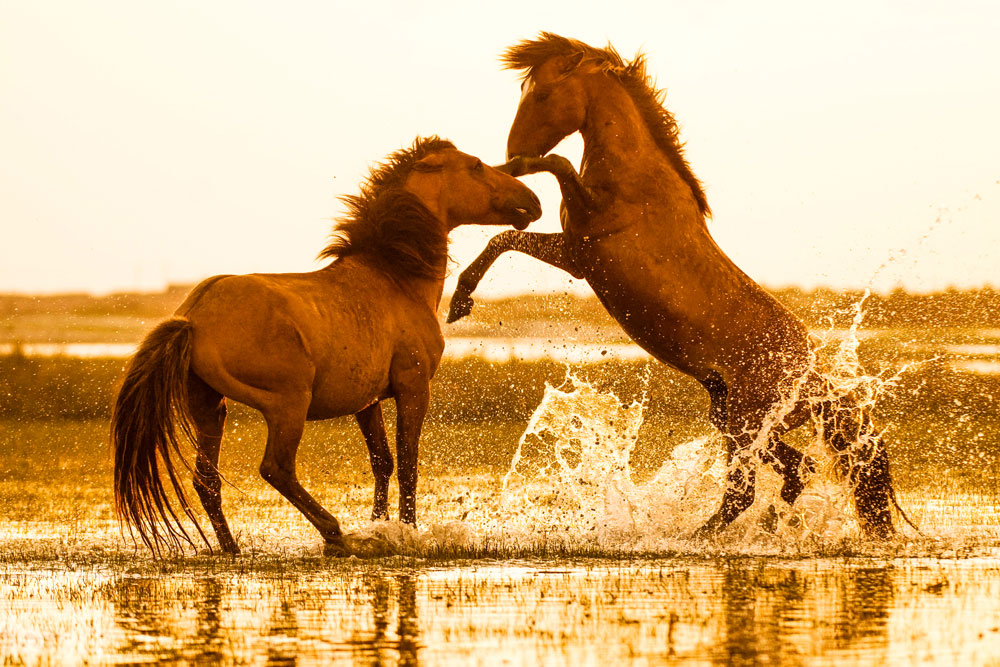
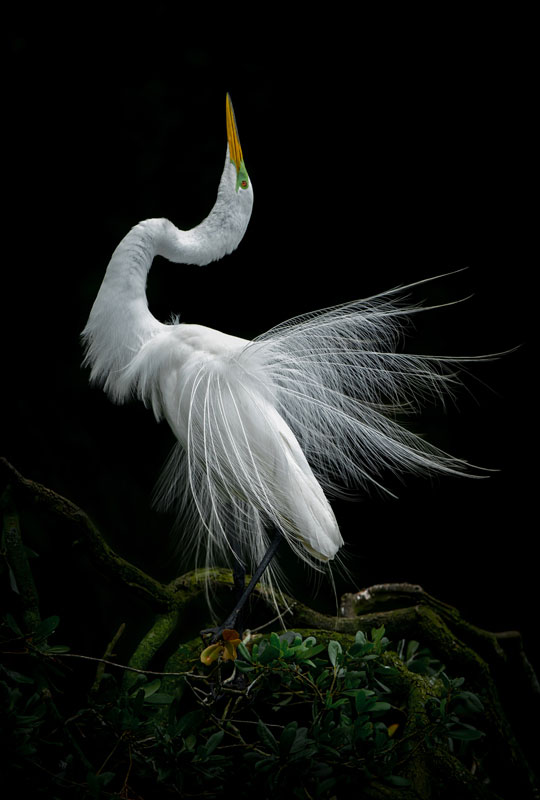
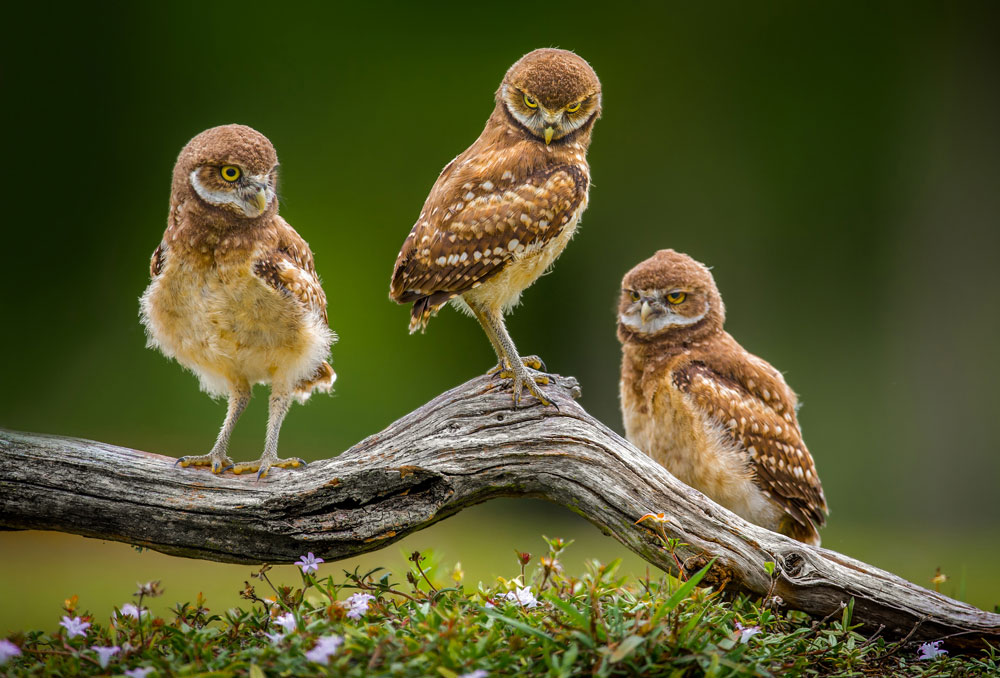
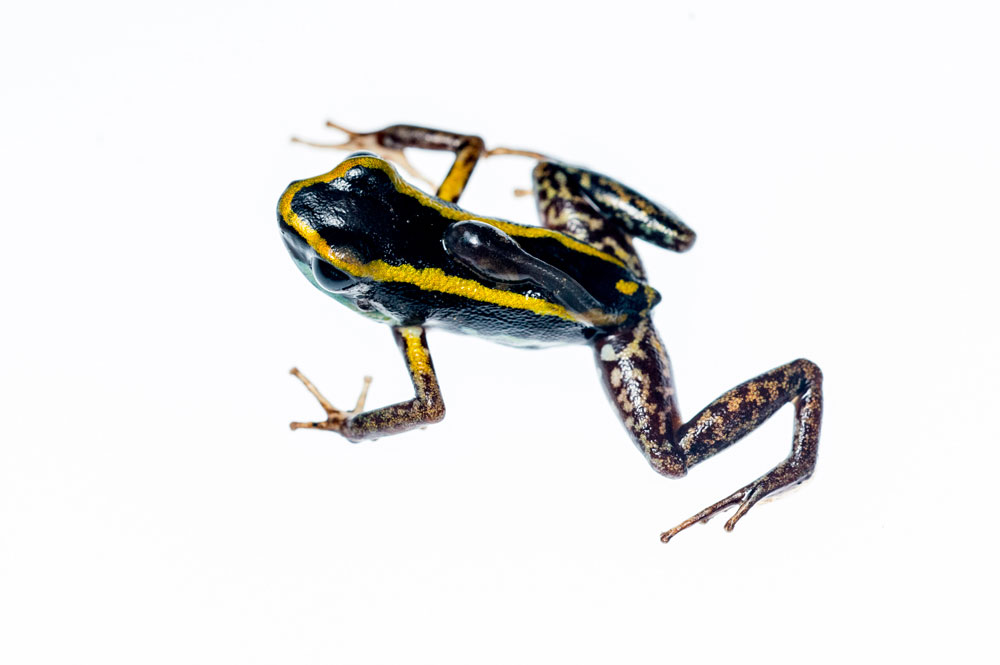
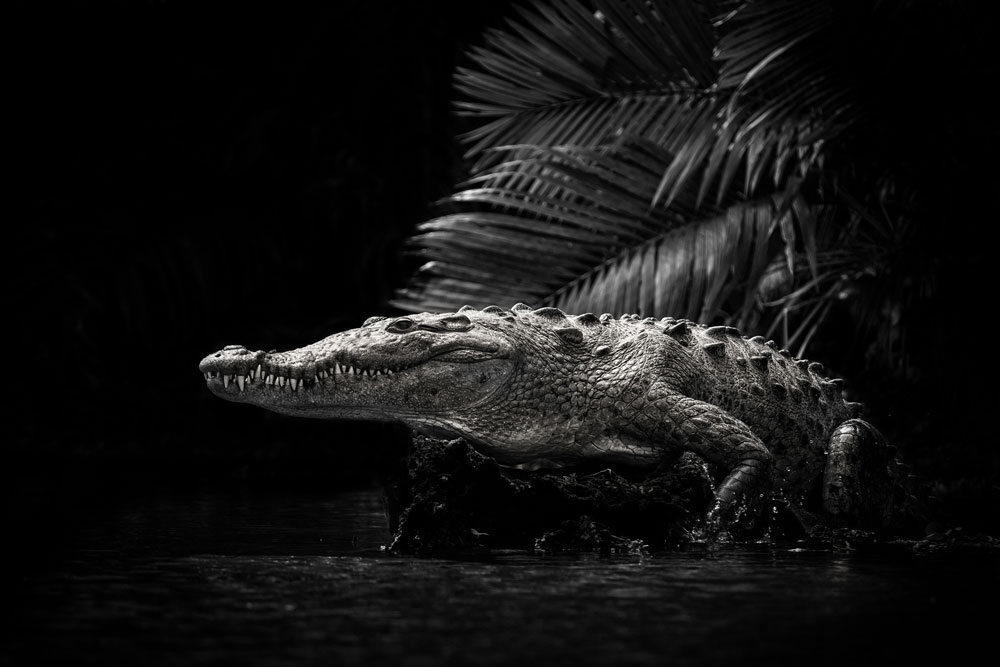


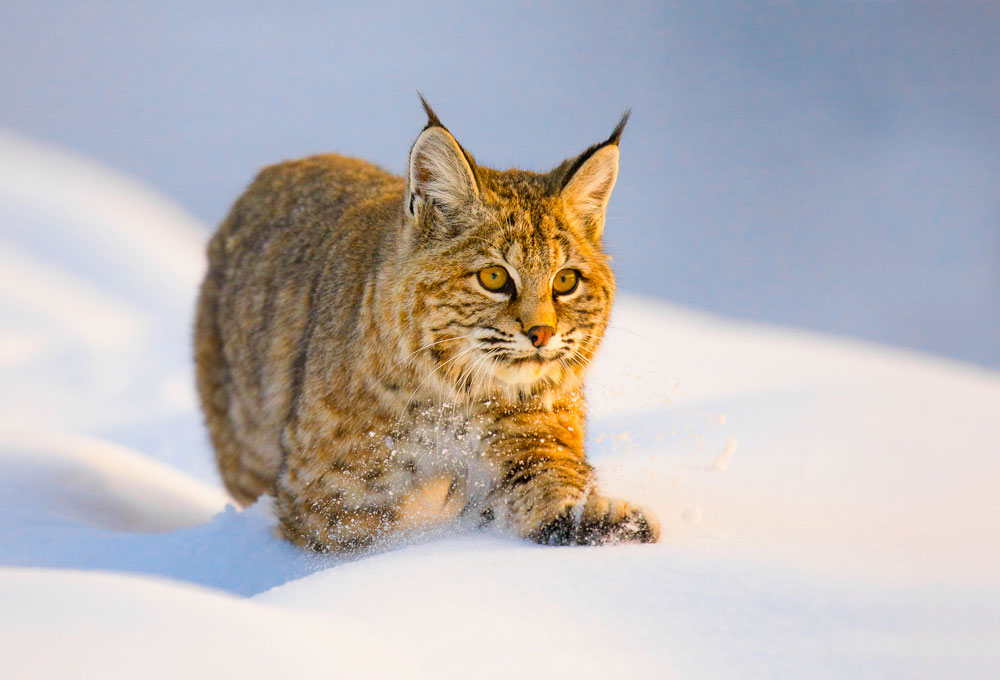

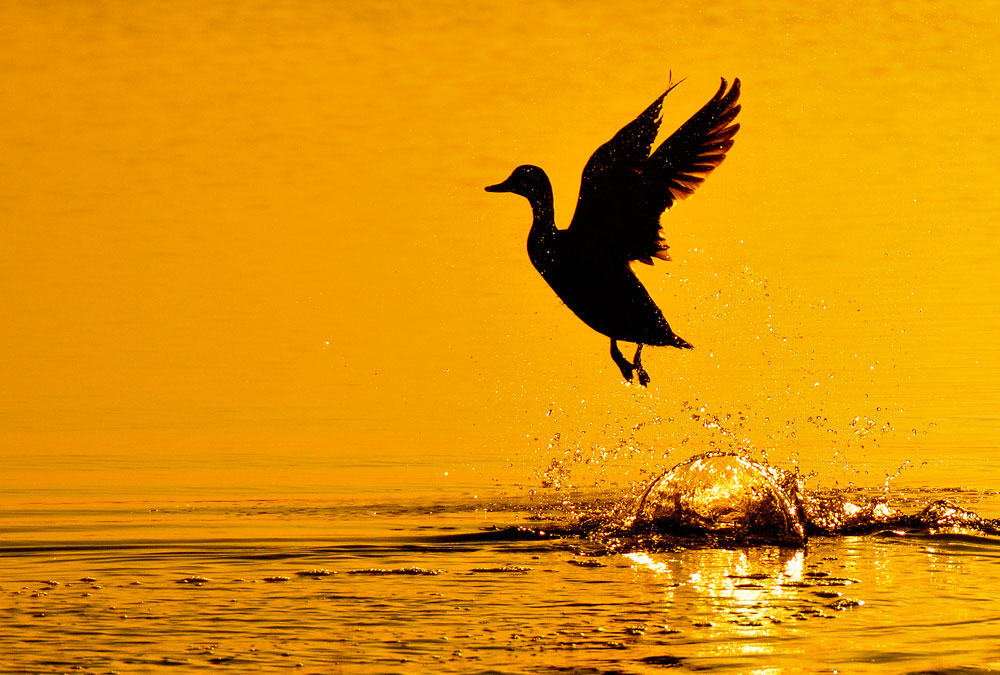

This is AWESOME. I would love to know more on how to increase my photography abilities. I love nature and the art of photography. I thoroughly enjoy Outdoor Photography Guide...I AM LEARNING MORE!!! THANK YOU!
You are "AWESOME"... What an education.. other online photographer teaching people should take lessons from you... thank you so much... RH
I have attended two of Jared's workshops and would love to attend more. His knowledge of the environment in which one is shooting, knowledge of animal behavior, as well as his knowledge of photography make his workshops outstanding! I have learned a tremendous amount and gained confidence with each workshop. I also love the Outdoor Photography Guide and learn more with every one. Glad Jared is now a contributor. Thank you.